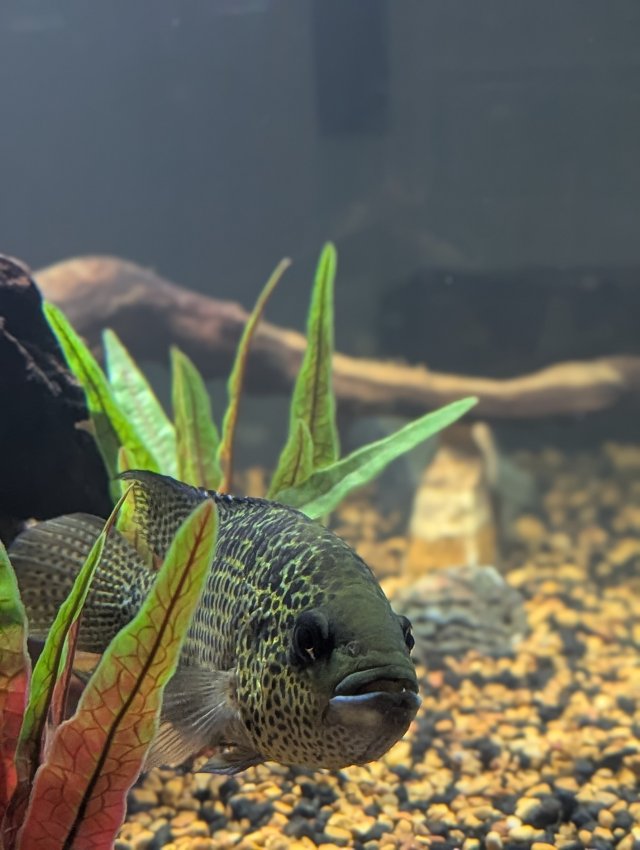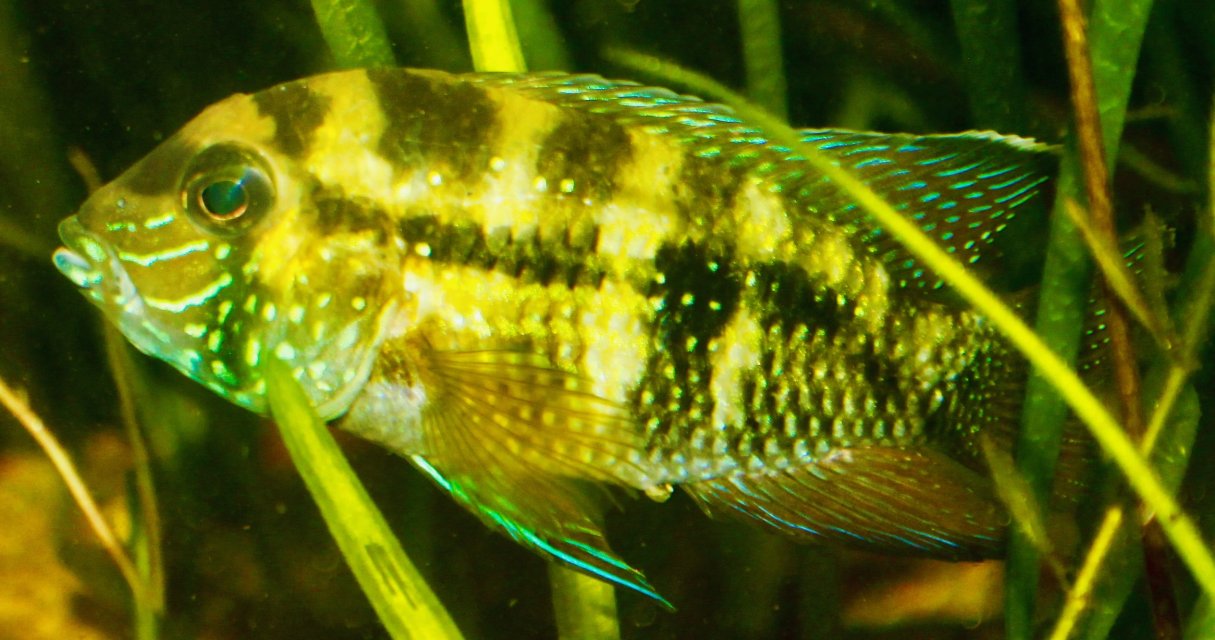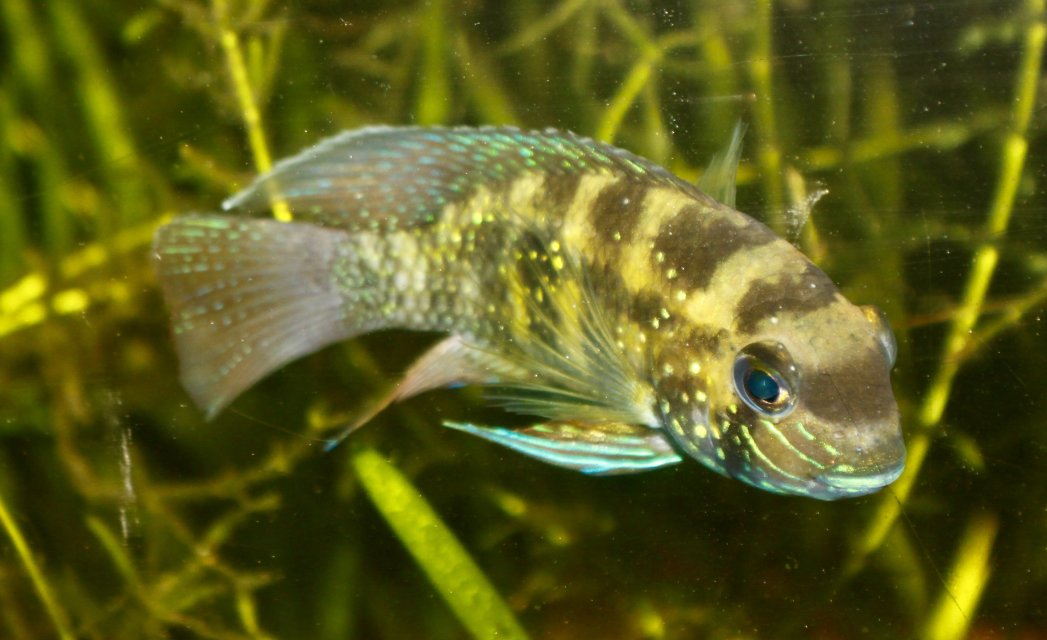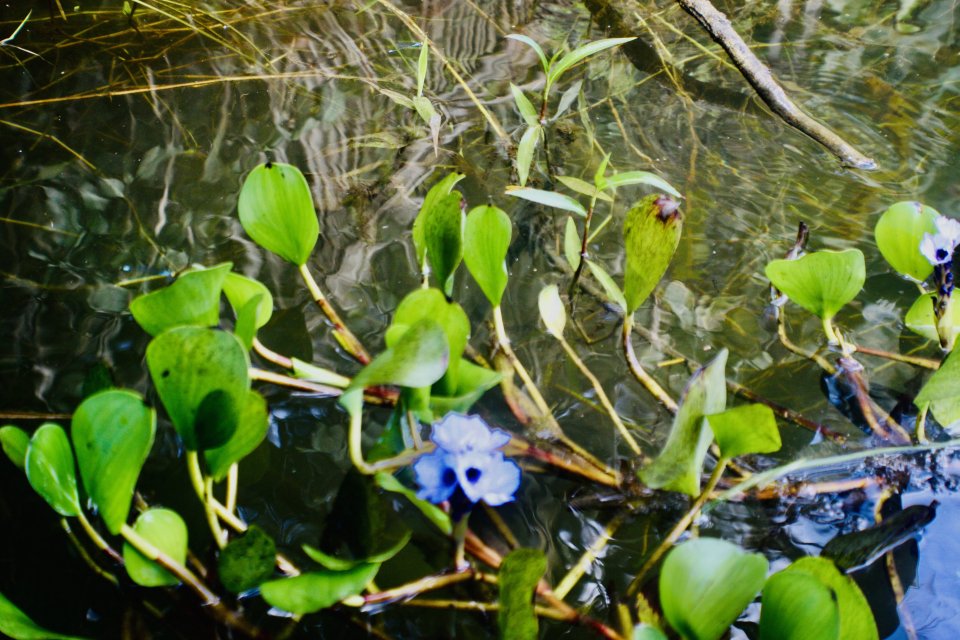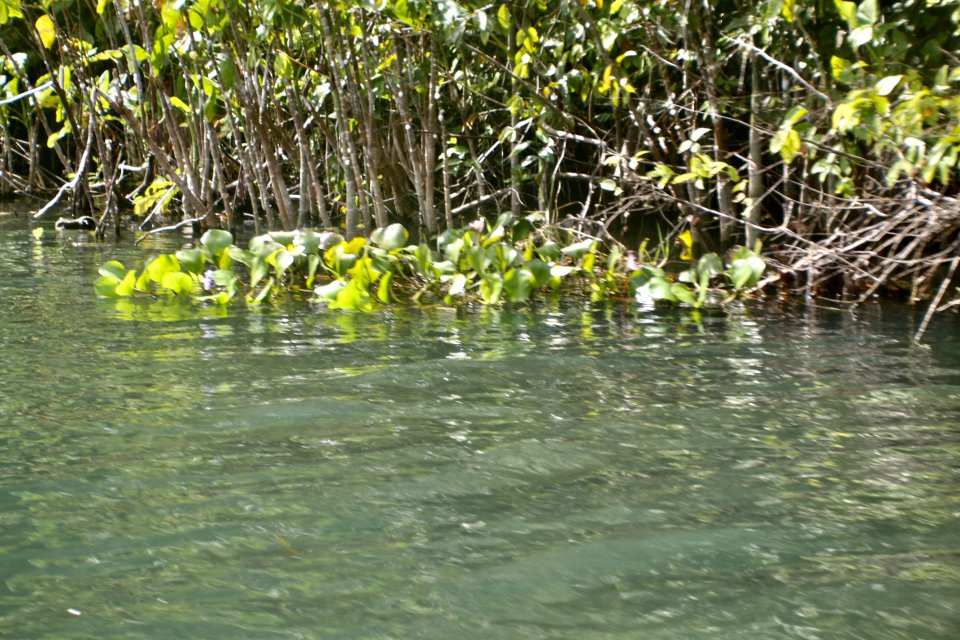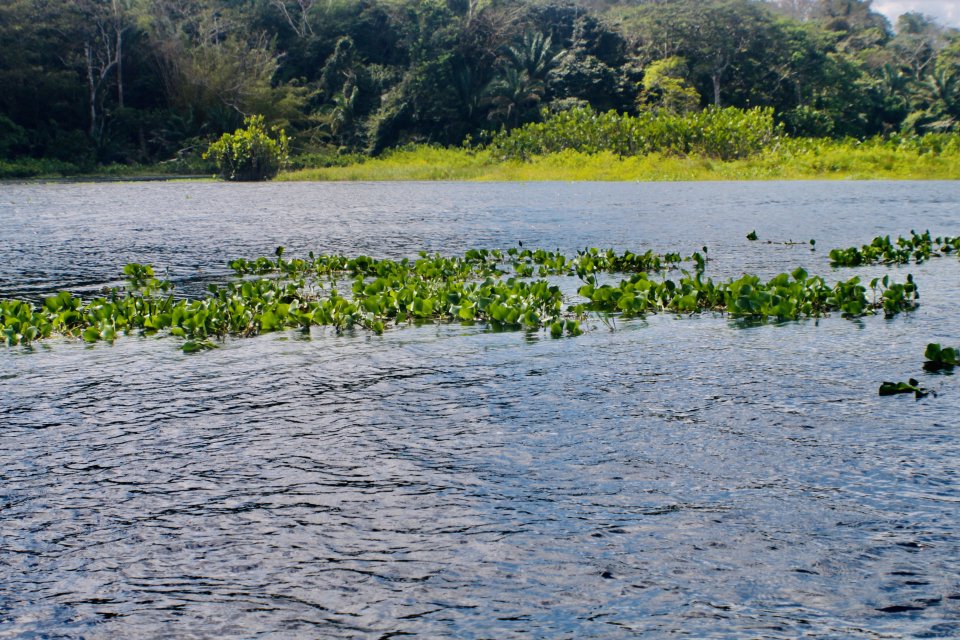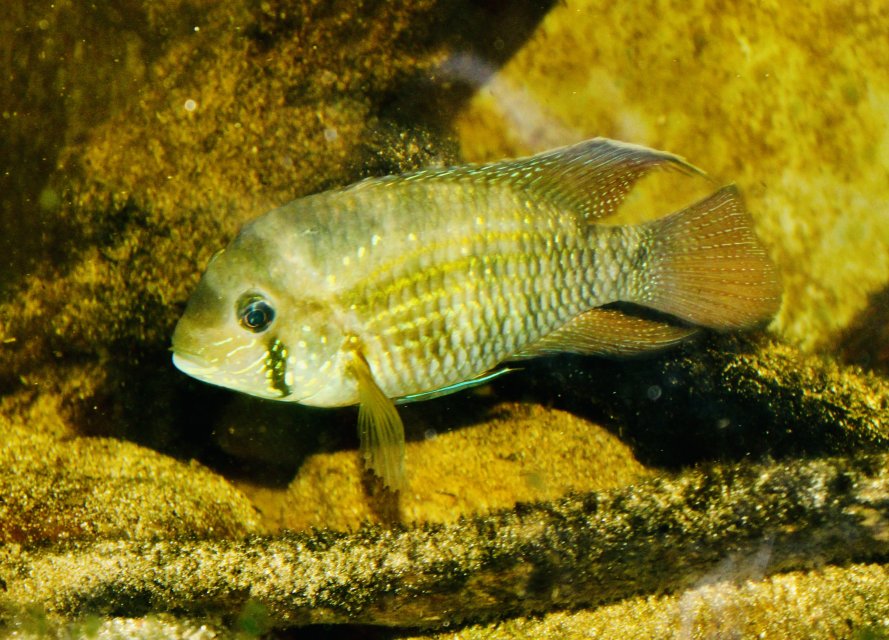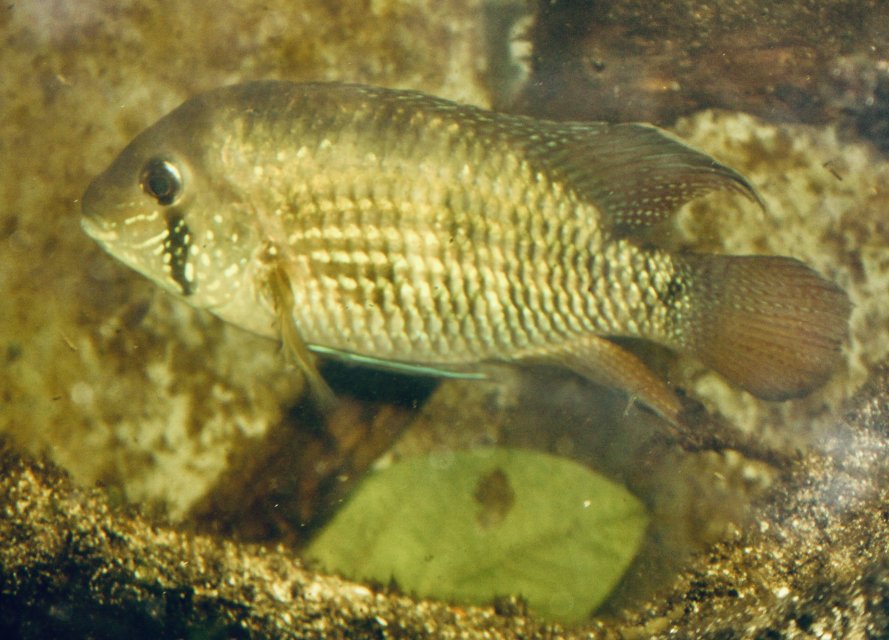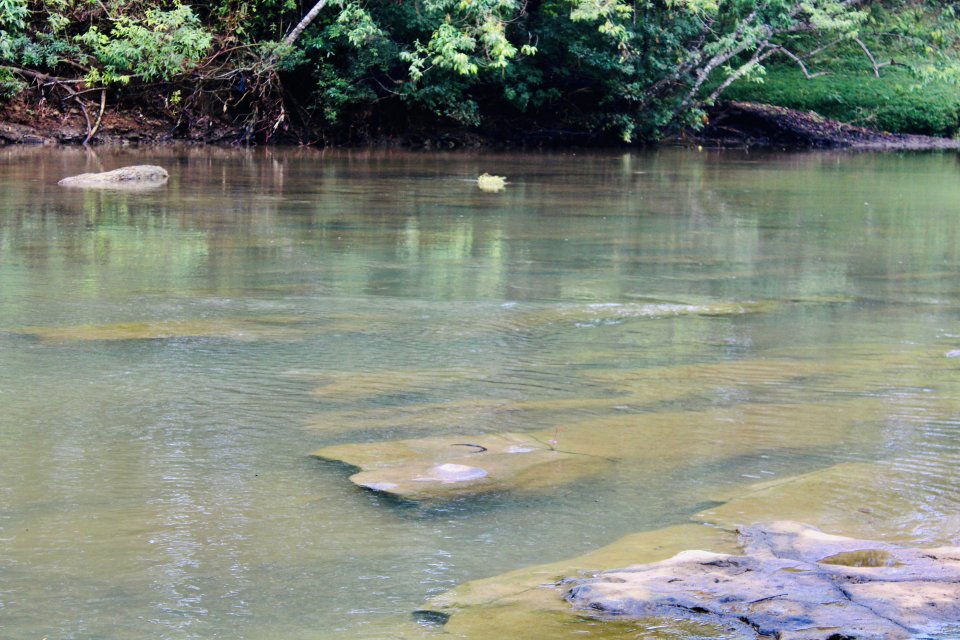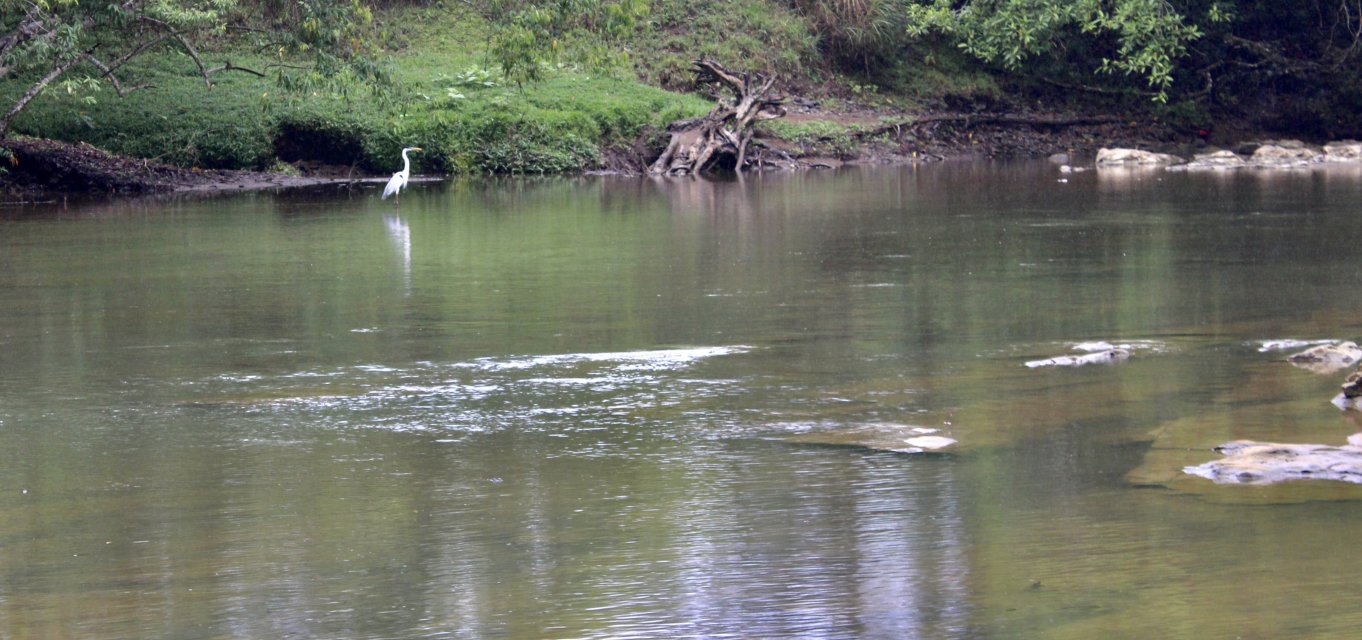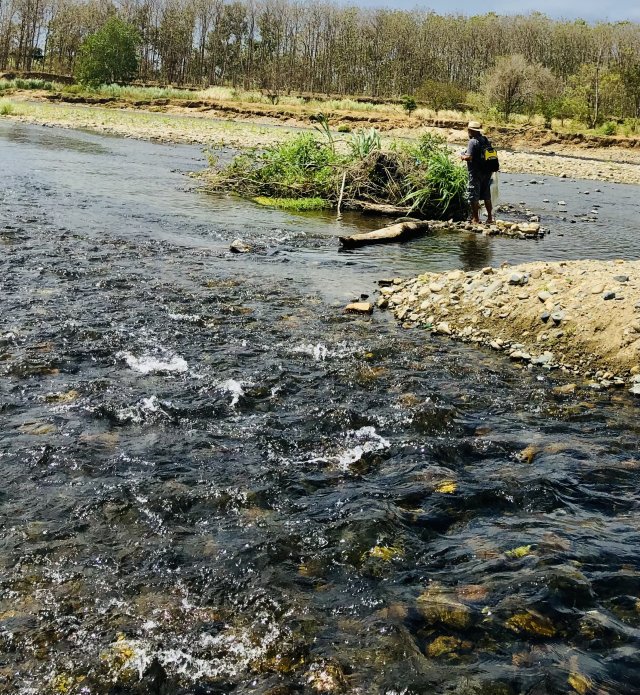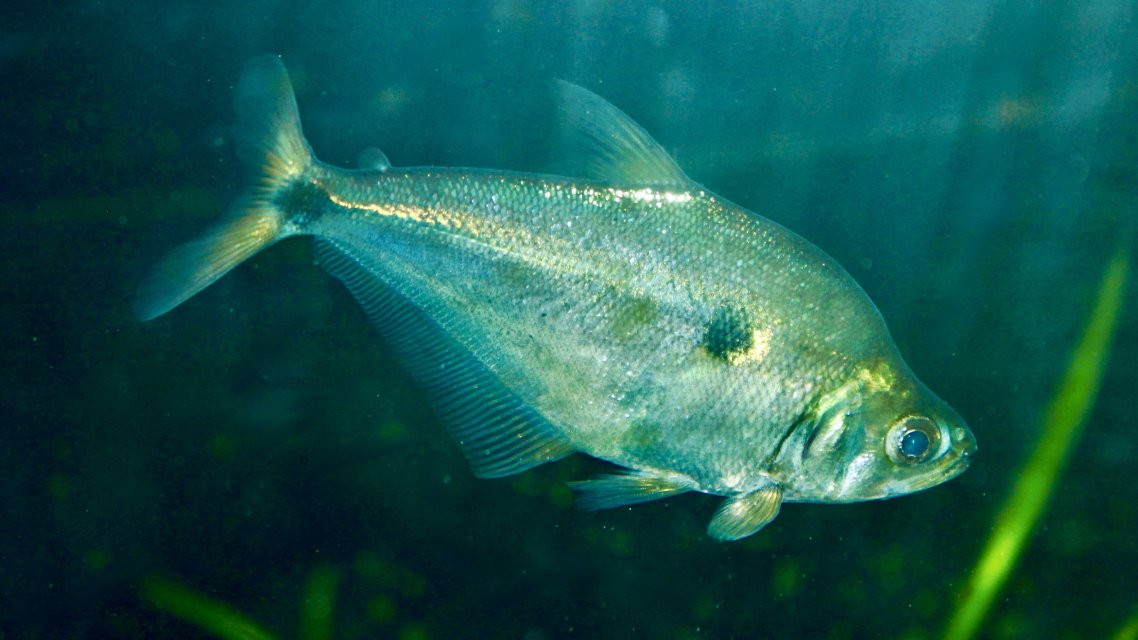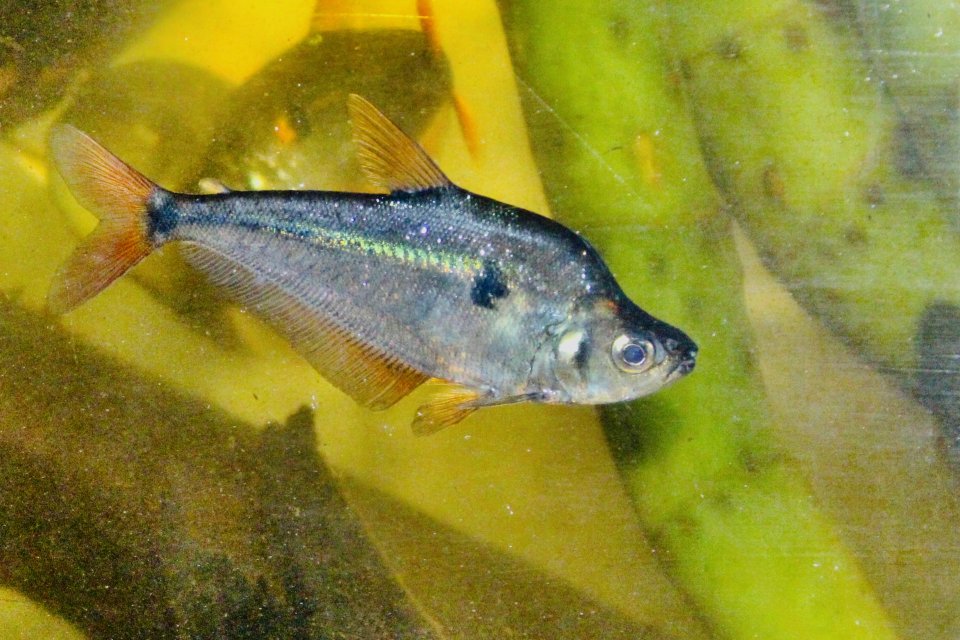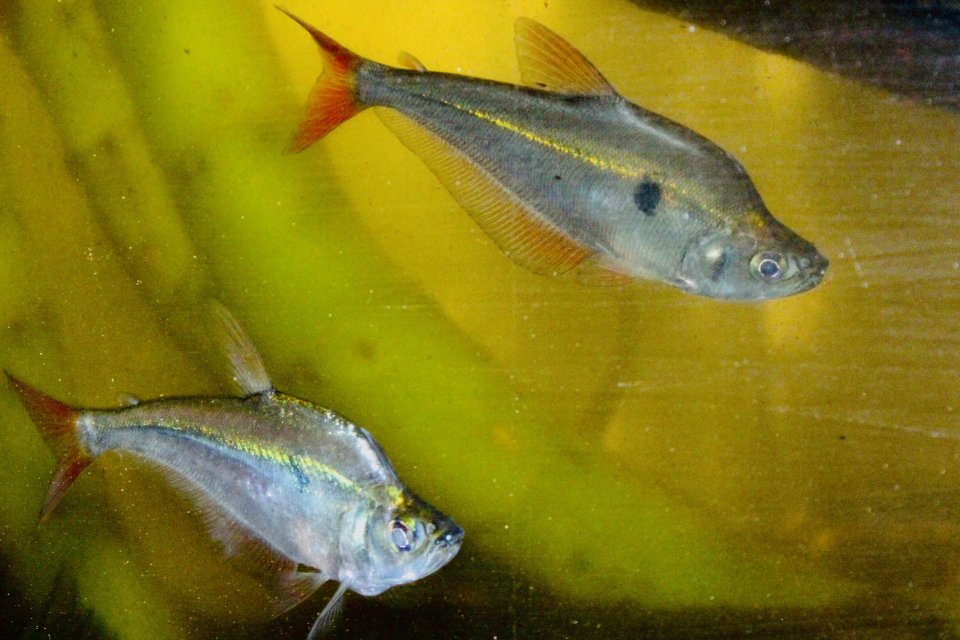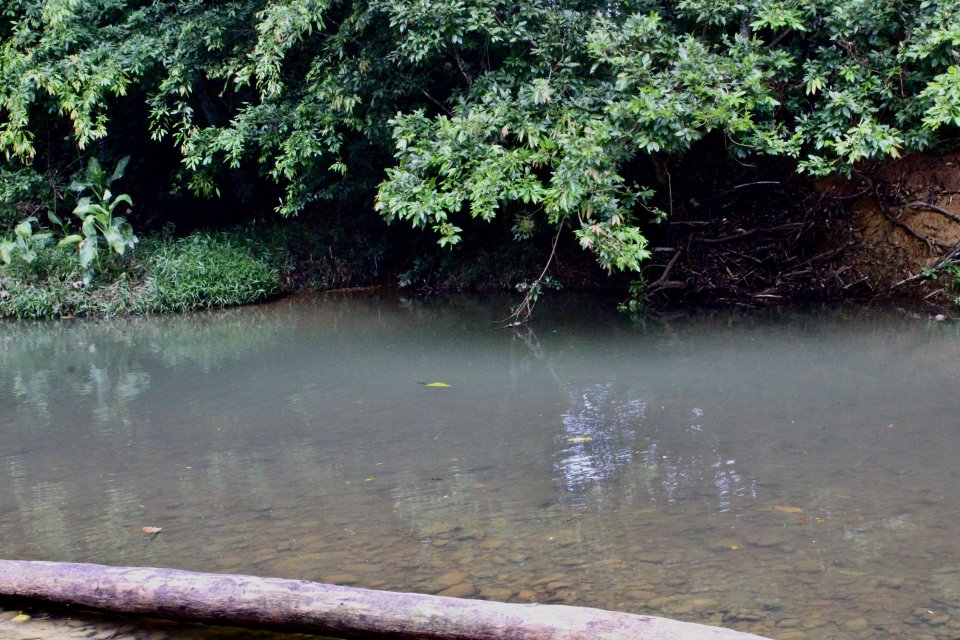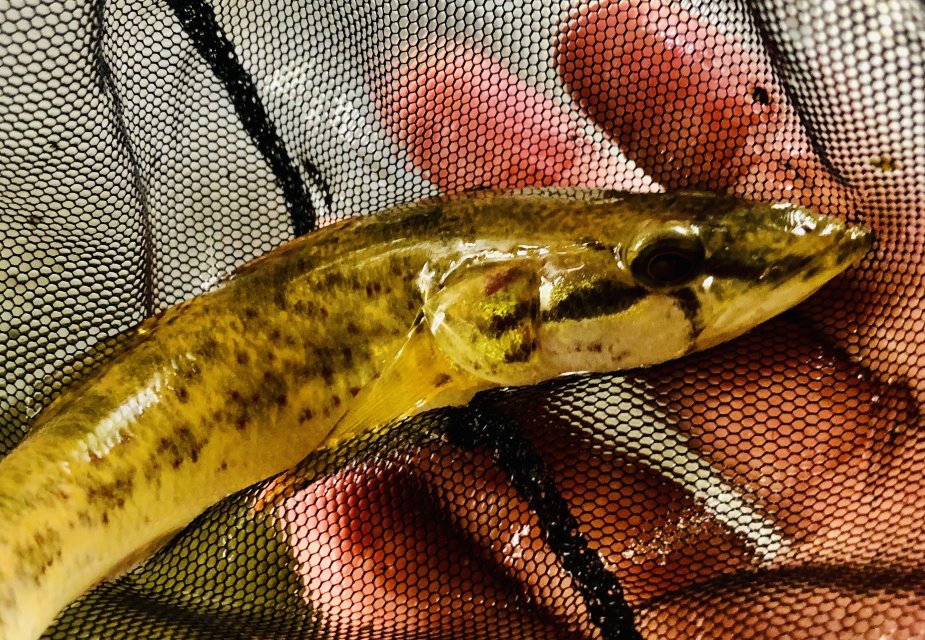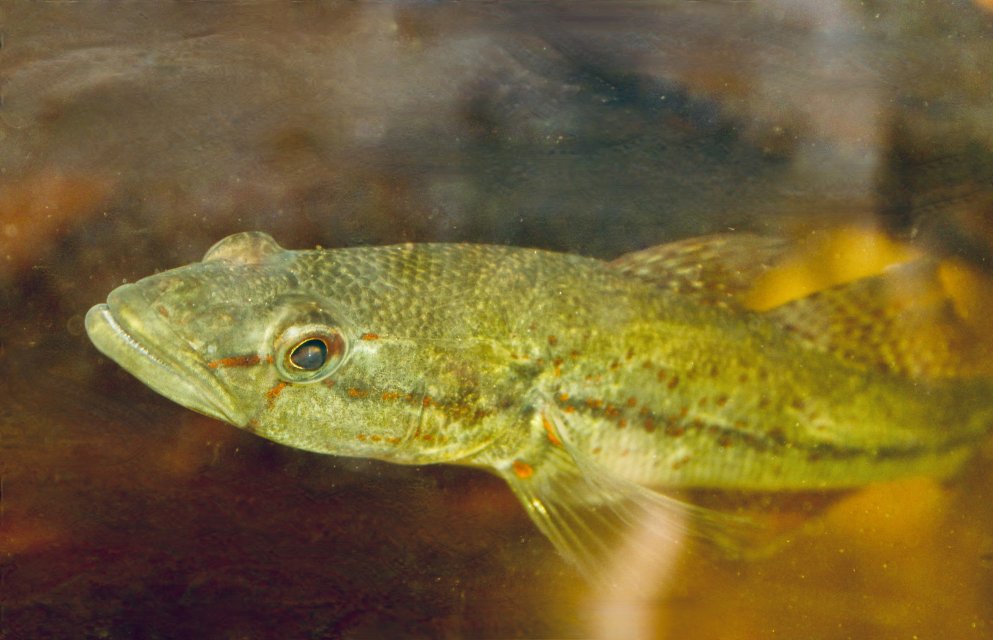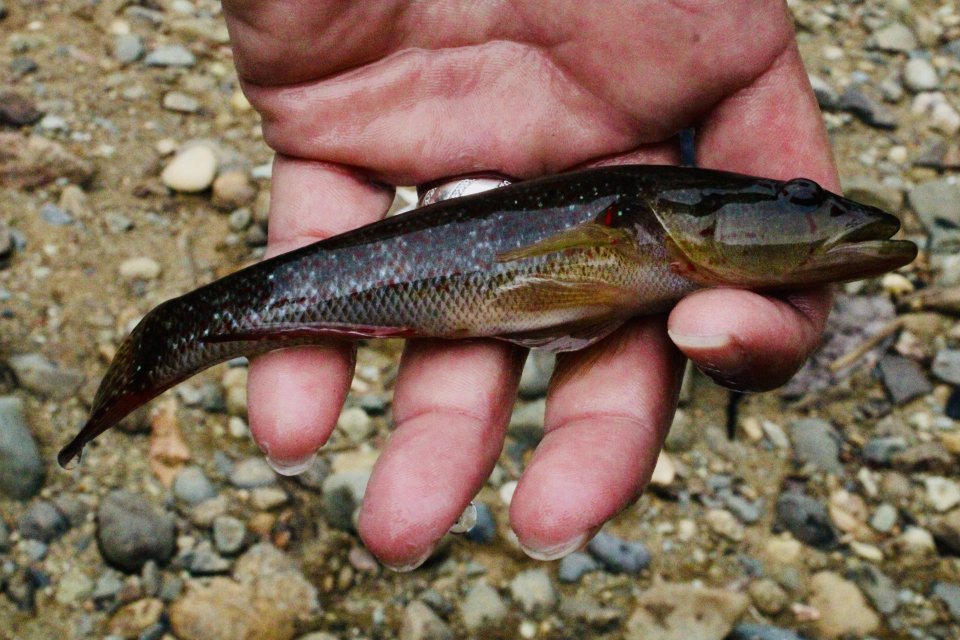Yes it looks to be from the genus Parachromis, if it came from a LFS turn in, possibly a Parachromis hybrid.
There are a number of color morphs of beanii that vary depending on which river system they come from.
Here a morph I had.
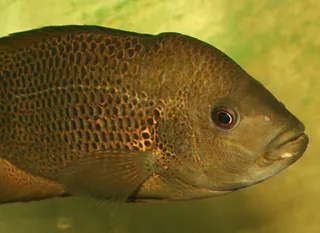
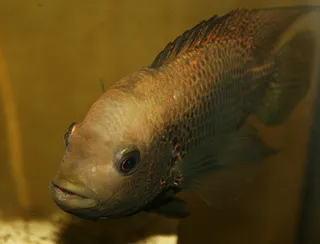
Male left, female right.
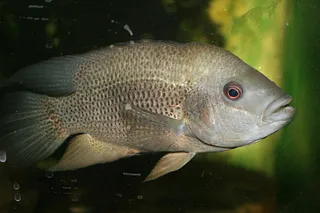
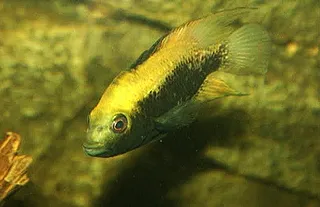
Male left, female in spawning colors right
As with many cichlids, the geographic topagraphy will determine color variation.
A cichlid from an open, less vegetative environment many have less darker skin pigments and melanin.
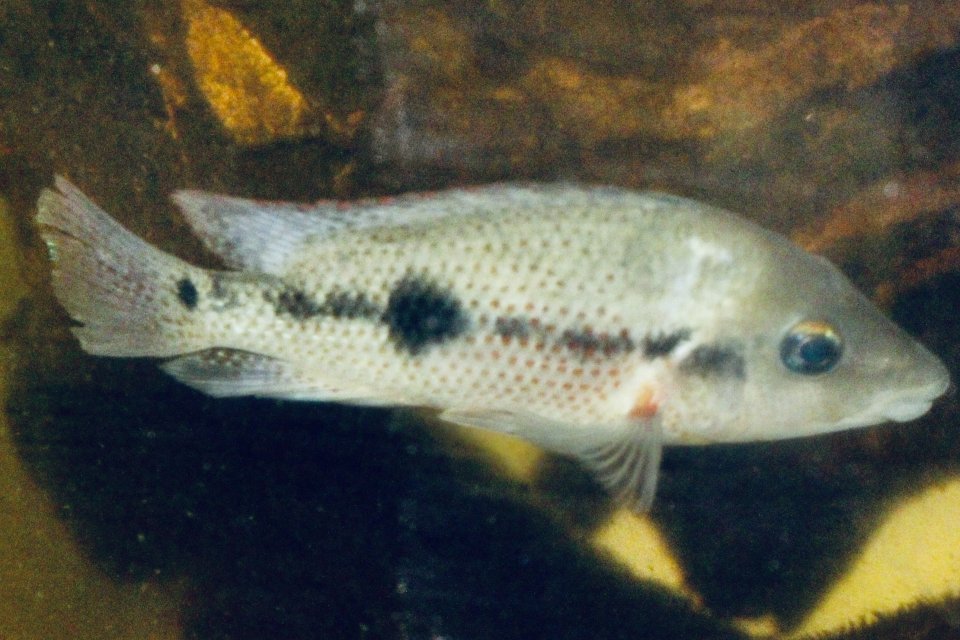
Whereas the same species from a heavily vegetated river may have more melanin, as a survaval of thhe fittest trait.
The Daienheros above was caught in a open, less covered river (below) the Rio Mamoni
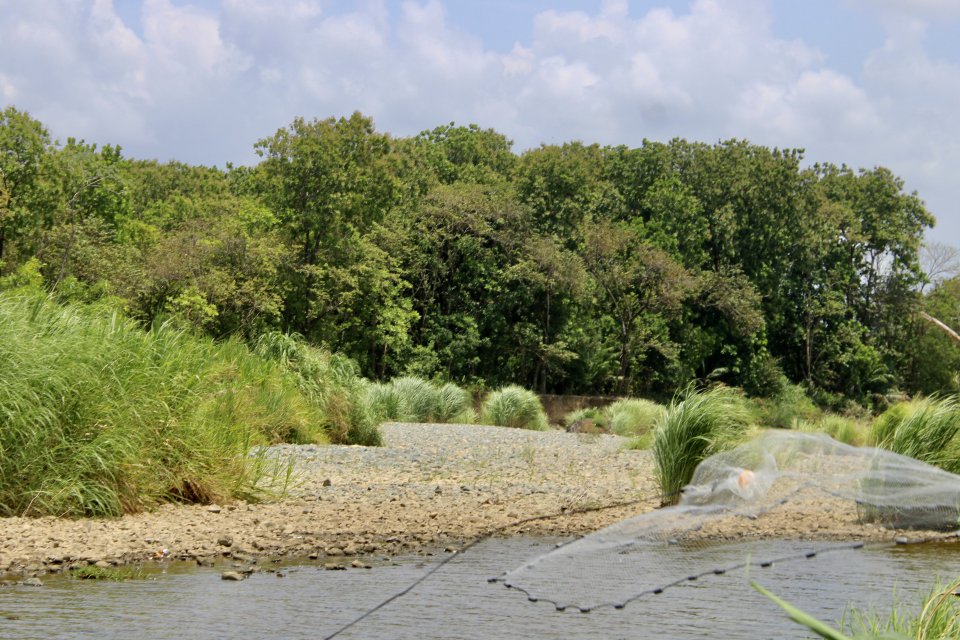
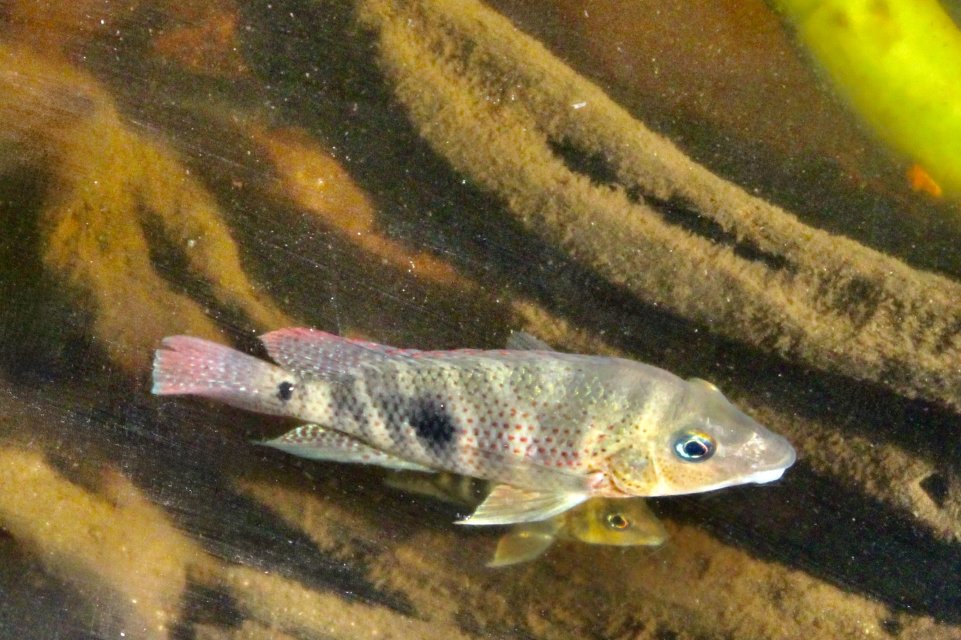
The same species of Darienheros, was caught in the smaller, heavily shaded, and terrestrially vegetative covered river below, the Rio Uni.
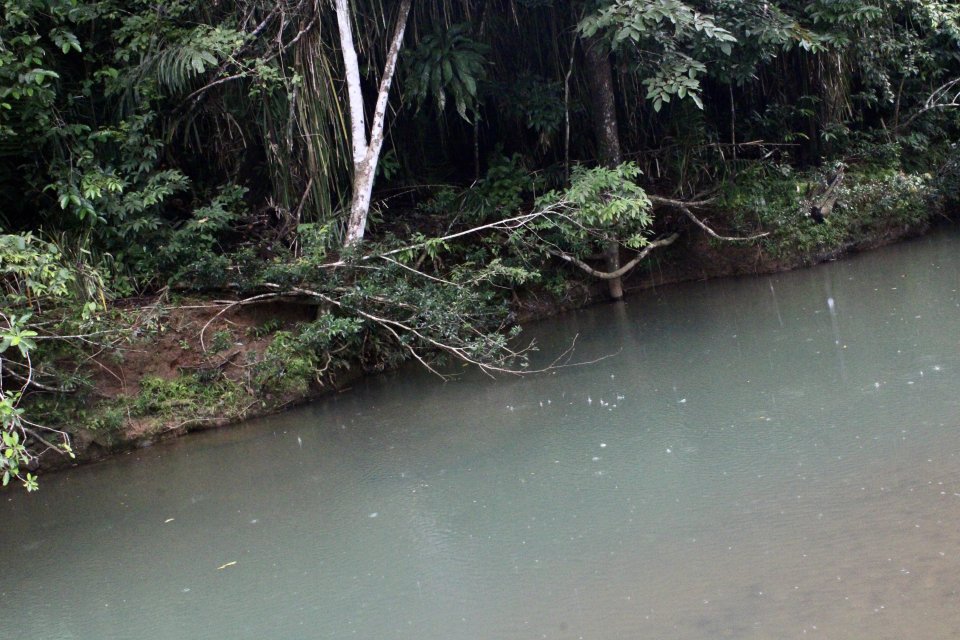
These variant traits are common with environment changes from place to place.
Below to individuals of Chuco intermedia, each fro different riverine environmenta in Mexico.
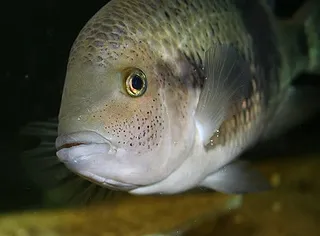
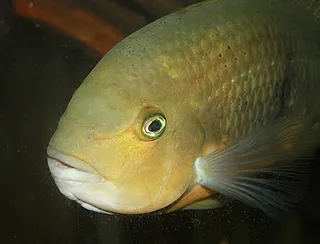
Just because a species from one river looks one way, does not mean the same species from another river, will look exactly the sae way.

